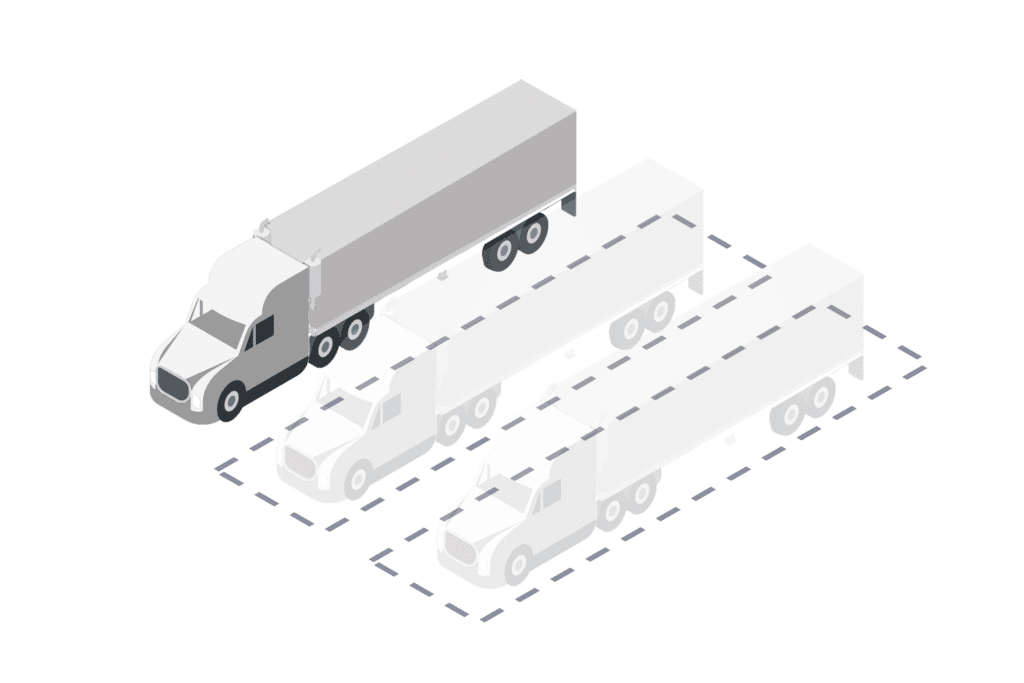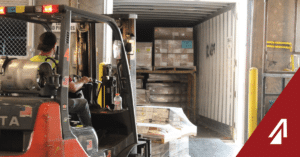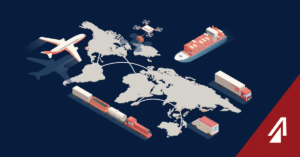It is common today to hear that the logistics industry is seeing a shortage in truck drivers, but an equally concerning trend is the shortage of semi trucks themselves. Combinations of part shortages, production issues, and new compliance regulations are making both new and used trucks difficult to get – further straining the already stressed logistics industry. With this in mind, the questions remain – “how bad is the shortage?” and “what does this mean for trucking companies and drivers?”
How Bad is the Shortage?
To put it in a nutshell, it is not good. Reports from local truck dealerships across the US are that 2022 Class-8 semi trucks have been sold out completely since January. In August of 2021, J.D. Power reported that Class-8 truck prices rose over 86% from previous years.
To make things worse, many manufacturers do not have the parts to build more new vehicles as they are still experiencing crunches from the semiconductor shortages seen across the automotive manufacturing industry. Currently, there is a 260,000 truck backlog with purchases being put on an indefinite waiting list. Ford Motor Company has stated that they anticipate this semiconductor shortage to result in the downturn of more than 1 million vehicles and will drive the losses of more than $2.5 billion.
Used trucks are in a similar crisis as many are simply not available. Ones that are, often cannot be retrofit for more carbon compliant parts required by states like California due to significant shortages in parts and labor.
Some companies are looking to salvage yards for the parts they need. “Fleets are scouring any and every marketplace for parts, sourcing them from Craigslist, eBay, salvage yards and other fleets,” said Robert Braswell, executive director of the ATA’s Technology and Maintenance Council. “We’ve never seen it at such frenetic levels as we are today.”
What Does This Mean for Trucking Companies and Drivers?
Companies wanting to purchase new vehicles will need to be patient. Many manufacturers are making adjustments to try and produce more vehicles, but it will take time. Estimates are that production shortages should resolve in the next 2 years as long as supply chains are able to return to normal.
If new vehicles are available, buyers will see higher prices. Many firms are looking at leasing programs instead of purchasing. This can help alleviate shortages at a more competitive price.
Used vehicles will cost more as well. Buyers should take the time for thorough inspections of what they are purchasing to ensure the vehicle itself is sound and also compliant for the region in which they want to work. For instance, California Clean Air Emissions Standards mandate that all used trucks have a 2010 or newer engine model year to meet emissions compliance. Replacing or retrofitting older vehicles with newer engines will be a challenge right now, so go into a purchase aware of that fact.
Maintaining these vehicles will be a challenge going forward as well so it is important to diversify sourcing for parts and service to ensure that downtime and interruptions are minimized.



